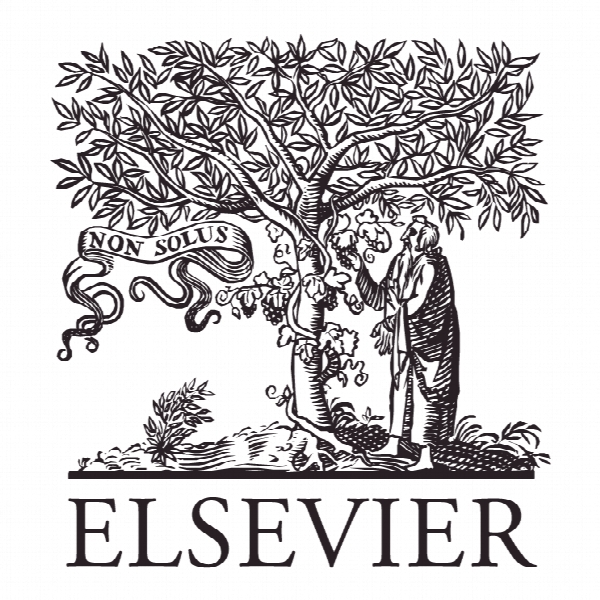مقدمه ای بر پیکربندی هوش برای روابط عمومی قرن 21 Introduction to configuring intelligences for 21C public relations
- نوع فایل : کتاب
- زبان : انگلیسی
- ناشر : Elsevier
- چاپ و سال / کشور: 2017
توضیحات
رشته های مرتبط علوم ارتباطات اجتماعی
گرایش های مرتبط روابط عمومی
مجله بررسی روابط عمومی – Public Relations Review
دانشگاه ارتباطات مدیریتی، واییکاتو، همیلتون، نیوزیلند
نشریه نشریه الزویر
گرایش های مرتبط روابط عمومی
مجله بررسی روابط عمومی – Public Relations Review
دانشگاه ارتباطات مدیریتی، واییکاتو، همیلتون، نیوزیلند
نشریه نشریه الزویر
Description
1. Introduction and intelligences These special issue articles begin and end with authors not only configuring intelligences but including outcomes for practice, pedagogy, and problem solving. Appropriately, given the iconoclastic nature of many Barcelona conference participants, the first of the special issue articles opens with a direct challenge to the whole project. Jim Macnamara’s “Multiple Intelligences and Minds as Attributes to Reconfigure PR: A Critical Analysis” takes on board the CFP’s promotion of Gardner’s (1983) work on intelligences but also “takes it on” in the sense of critiquing it conceptually and discursively. In considering what he terms the “alleged discovery of multiple intelligences,” Macnamara asks “why not simply call them abilities rather than refer to them as new types of intelligence?” since the “descriptions of each of Gardner’s eight intelligences explicitly refer to skills, capacities and potential. . ., it can be legitimately argued that they are applications of human intelligence as described in other definitions – not a particular form of intelligence.” Macnamara reinforces the challenge in his question in summarizing the associated views of Eysenck and other supporters of traditional IQ as the sole intelligence and in dismissing Gardner and other plural intelligences writers for having no adequate categorization and/or empirical evidence and therefore no valid claim to use the plural. With typically engaging and forceful prose, Macnamara buttresses this case by associating the intelligences plural writers with Briers’ (2012) Psychobabble: Exploding the Myths of the Self-help Generation and marketing hype. Nevertheless, while presenting the IQ side of the debate, Macnamara points out an associated theoretical absence in PR:While public relations theory building has recognized many elements of context (e.g., power) and contextualizing theories such as framing, priming, and orientation, it has curiously largely ignored one fundamentally importanttheory related to where one stands socially, culturally, politically, economically, and ideologically in making assessments, undertaking learning, and developing and applying skills. Although careful not to call it an intelligence, Macnamara helpfully revives and repurposes “standpoint theory” to engage with this omission and to argue “that the central tenets of standpoint theory. . . can usefully inform the intelligence/s (ways ofthinking) and mindfulness applied in public relations” since “all learning,thinking, reasoning, and one’s ability to perceive, feel, empathize, and understand others are determined by one’s standpoint.” Macnamara ends in two ways. The first outlines a substantial reconfiguration emerging in businesses through growing pressures on them to apply “the collective intelligence of their employees and customers” with associated needs “to operate as a ‘social business.”’ The second concludes that standpoint-influenced theories and concepts “defy dismissal as Leftist philosophy and point to the future of organization-public relations and communication in the 21st century.”


